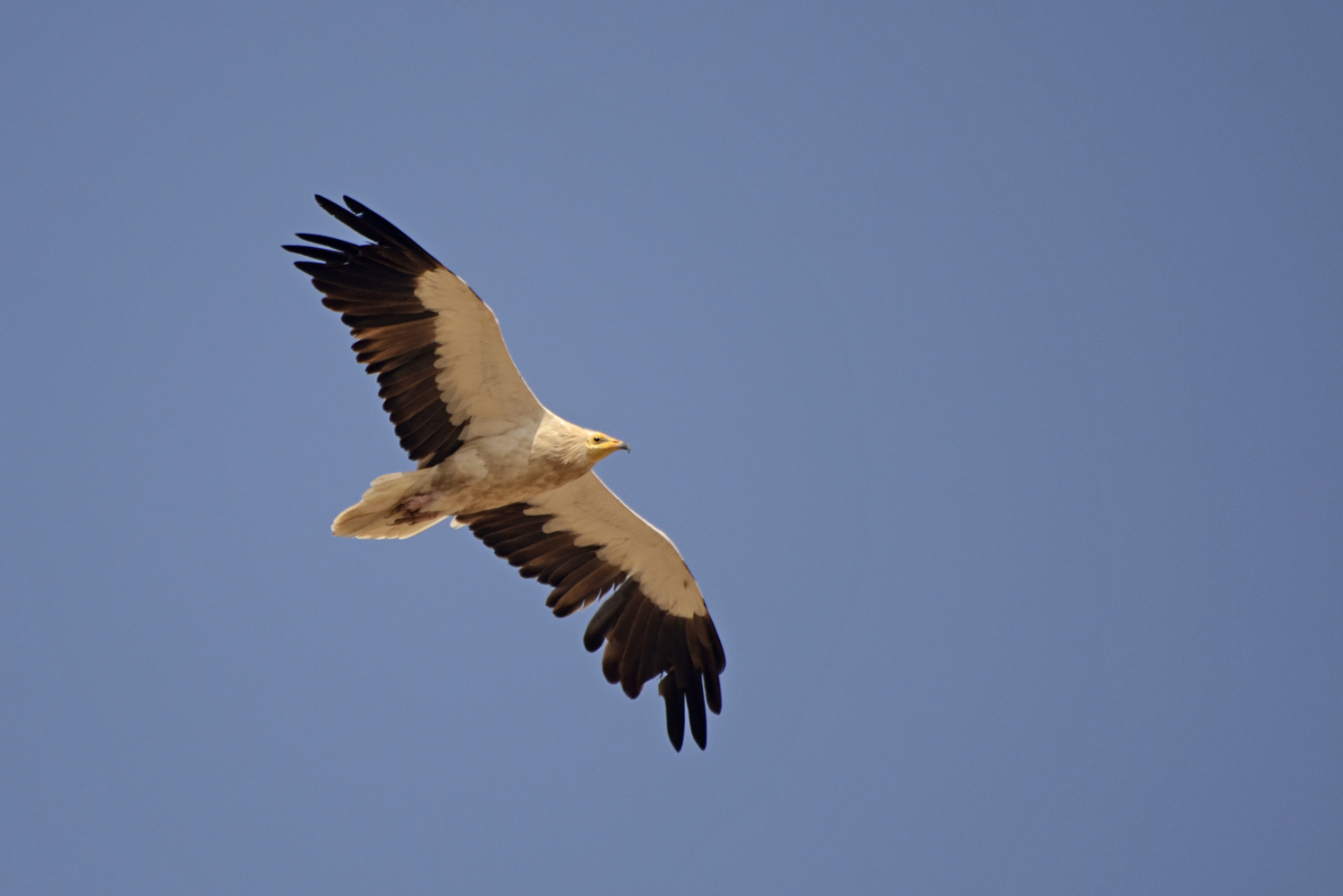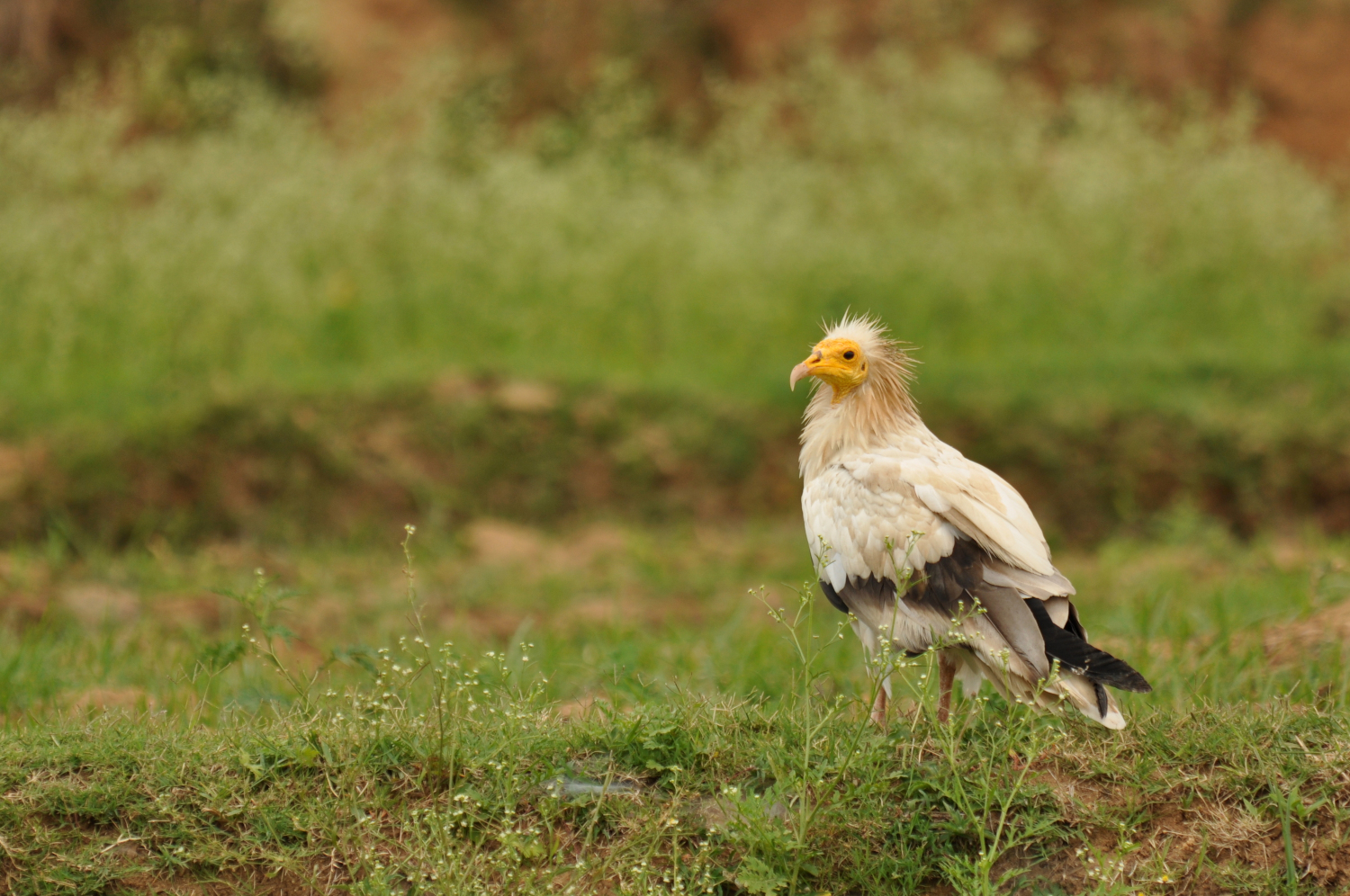
- Many of us know Anbotoko Mari, who is also known by many names such as Lady of Aralar, Lady of the Embalse and many others. The body of Amalur is taken from Mari, our goddess, known among the Basques. She is presented in many villages as a lady dressed in ornate clothes. But who is the white Mari, who crosses the skies of the Basque Country?

It is also known as the Canyon of the Cow Path in Zubero, because when it appears the snows of the mountains begin to melt, thus widening the paths for the cows to go to the mountain. In Biarno it is called Maria Blanca and from there the famous port of the Pyrenees took its name: Assisted by Marie Blanque.
When we refer to the white mari, we refer to the white vulture (Neophron percnopterus), also known as the white vulture or white eagle in some places. As the name suggests, it has a white color except for the flying feathers, which are black. She looks like a stork in color, but her long legs are obvious when she flies, while the white vulture has short legs. His beak is not big, but he has a very distinctive face, without feathers and with a yellow color, a little eccentric. Young people tend to be dark brown, almost black and light up over the years, until they reach the black and white plumage of adulthood at the age of 4 or 5.
The white vulture is a scavenger, who eats mostly the slaughter of small animals and cattle, and looks for the slaughter in open places. But it is a quite special species, because it also eats eggs using special techniques: when the eggs are small, it takes them and throws them against the stones to break the shell and eat them, while when the eggs are large, on the contrary, it takes the stone with its beak and throws it against the egg to break it. It is also a coprophage (copro, excrement; phage, which eats), that is, it eats feces, especially calves. Cattle feces are rich in carotenes and since the white vulture cannot produce these compounds, it takes them from the feces. It is the carotenes that cause the yellow color of your face.

This bird winters in the territories of the Sahel and comes to breed us in March-April: He travels in 20 days. They keep their partners for the rest of their lives and, like the swallows, they use the same nest every year: sometimes they have a pair and every year they choose between them. Being a species of vultures, they nest in rocks like other vultures.
Unfortunately, this species is very sensitive and, as a result, its reproductive success rates are not very high: 0.51 cows per couple, which has also decreased significantly compared to previous years. In fact, it is classified as “at risk” worldwide. It is a long-lived species and this means that it is “very slow”. For example, she reaches sexual maturity at the age of 7 and has a long period of reproduction, which begins in March and lasts until September-October. Therefore, the recovery of populations takes a long time, which makes this species more sensitive to damage. The white vulture is also extremely sensitive to human activities, with a high risk of losing eggs or chicks if there are discomforts around the nest during the breeding season. It has been observed that climbing, flying with paragliding or sports tests, if passing near the nest, cause the death of chicks. For this reason, these actions are regulated during the breeding season of the white vulture, in order to avoid a sharp decline in the populations. Even when forest works and works are carried out within a radius of one kilometer from the nest, they are lethal to the chicks, and if this were not enough, even when these actions are carried out outside the breeding season, depending on their magnification, they can cause alterations in the nest or in the territory of the couple.
WHITE SAI Neophron percnopterus
THE TEAM: Vertebrate / Bird.
THE SIZE OF: To the tail of the beaks: 55-65 cm. The length of the South: 155-170 cm.
WHERE DO YOU LIVE? In the caves, in open places.
WHAT DO YOU EAT? Massacres, eggs, feces.
LEVEL OF PROTECTION: It is protected at European level.